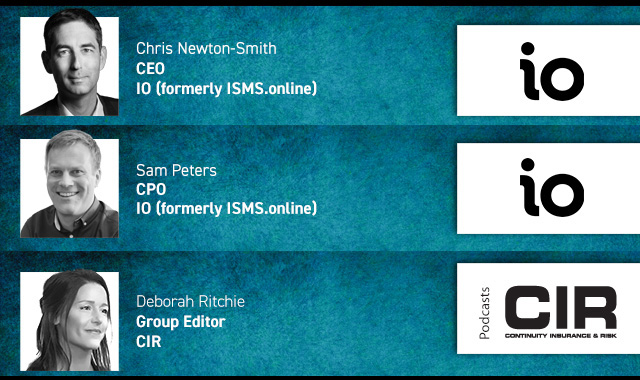The pressure to manage energy transition risk is being accelerated by the need to seek alternative sources of energy to oil and gas following events in eastern Europe, according to WTW’s latest annual Energy Market Review.
The report reflects a volatile energy sector, with commodity prices surging to record levels arising from higher demand as economies emerged from the pandemic; and growing concern around higher inflation rates. Although hardening conditions in the energy insurance markets are said to be easing, energy companies will need better data, more convincing ESG strategies and careful monitoring of underwriting trends to manage any future market volatility, according to the report.
Graham Knight, head of global natural resources at WTW, said: “At the moment, the scales are finely balanced in all our markets; on the one hand most portfolios have returned to profitability, while on the other, the absence of any fresh underwriting leadership and a reluctance of insurers to ‘break ranks’ is preventing brokers from forcing through any fundamental changes in market dynamics.
“How the markets react to premium income depletion as a result of sanctions and a short term increase in fossil fuel activity remains to be seen. In the meantime, the energy transition will wait for no one; every risk manager involved in the industry will need to address the uncertainties arising out of both the new geopolitical landscape and the mounting momentum towards achieving net-zero emissions targets.”
Report highlights (Source: WTW)
• Upstream capacity: total global capacity for 2022 has reached yet another record level, now standing at nearly US$9.4bn, up from US$9.25bn in 2021.
• Downstream capacity: For International (non-North American) business overall capacity now totals US$6.3bn up from US$6.1bn in 2021, while for North American risks total capacity has now increased to US4.1bn, from US$4.0bn in 2021.
• Liability capacity: International liability capacity has now increased to US$2.9bn, up from US$2.6bn in 2021
• Profitability: In general terms, most energy lines of business returned to profitability in 2021, resulting in an easing of the ongoing hardening market conditions.
• Rating levels: In all lines of business, rating level percentage increases are significantly less than in 2021 and in some cases flat (or even better) renewal terms are now being secured. However, a combination of factors is preventing a wholesale market softening, including restricted insurer leadership options and concerns regarding the effect of the situation in eastern Europe on premium income streams.
Printed Copy:
Would you also like to receive CIR Magazine in print?
Data Use:
We will also send you our free daily email newsletters and other relevant communications, which you can opt out of at any time. Thank you.












YOU MIGHT ALSO LIKE